10 Dangerous Self-Care Mistakes We Make When Trusting Beauty Bloggers

The Moai statues have been standing tall and proud for hundreds of years. Once, people put an enormous effort into carving these grand sculptures. And then they just suddenly stopped making them! But why?
Let’s figure out this mystery! Easter Island, located 2,500 mi east of Tahiti, has an area of 63 square miles. To this day, it’s one of the most isolated islands in the world.
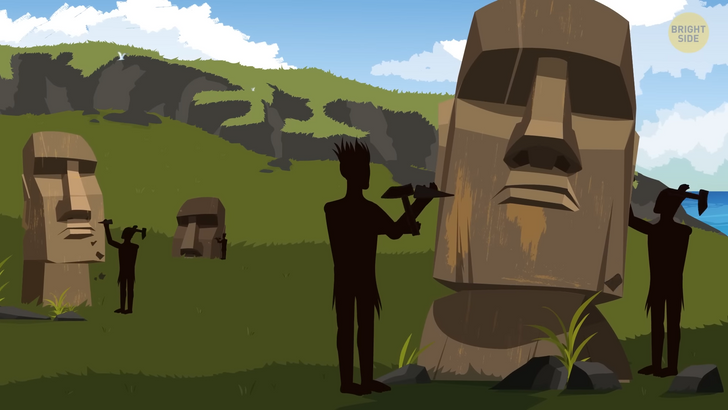
Once, it was covered with forests filled with different trees and ferns. But when the first humans came to the island around 400 CE, the forests slowly began to disappear. And starting from 1250 CE, Moai Statues began appearing all over the place. People made them from different types of rock: compressed volcanic ash, basalt, trachyte, and red scoria. As it’s a volcanic island, these were all the ingredients the creators of the statues had to use. And once the builders completed their work, they covered the statues with pumice.
The faces of the statues are different. But they all have distinct expressions, with heavy brows and large noses. Their arms are carved into the body. Some have hats on top of their heads. There are nearly — 900 statues all over the island. They differ in size. The average height is 13 ft tall, and the largest ones reach 33 ft in height and weigh up to 82 tons. Because the statues have so many different faces, there are theories that they represent and honor ancestors, chiefs, and other important people who lived on the island.
But without any clear evidence, it’s almost impossible to figure out the true purpose of the Moai. Once, they stood beautifully along the coast, watching over people in settlements. And their backs faced toward the spirit world of the sea. When Europeans first discovered the Moai statues in the 1700s, many of them had already toppled over. And the construction of statues had stopped way earlier than that.
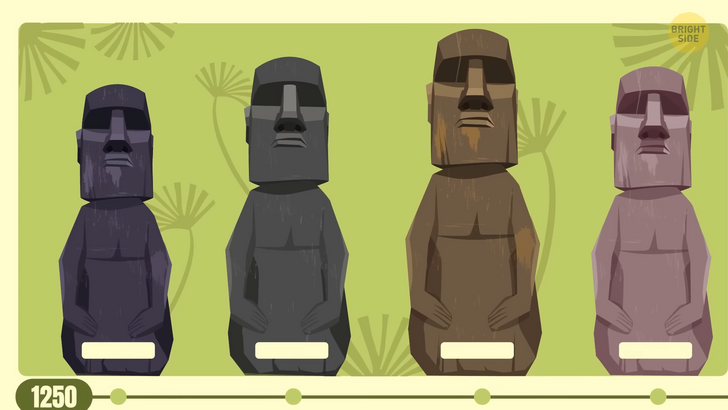
Huge amounts of effort were put into making these things. Expert craftspeople spent a great deal of time slowly carving the statues with basic picks. A team of up to 6 people would work hard for an entire year to make just one statue. Then they often had to transport it to its special place on the island — as far as 11 mi!
With the help of carbon dating, experts have managed to figure out that the statues started to appear in 1250 CE. And then, suddenly, in 1500 CE or so, the process just stopped. The creators of the statues just left their stone chisels where they were last used.
And only a quarter of all the statues were actually placed where they were supposed to be. Half of them still remain in the quarry, while others were left on the ground mid-transit. Something happened on this island, and it caused everyone to just lose interest in the statues.
There are many theories around why it could happen, and they mostly relate to deforestation. Islanders may have used wood to move the statues across the island. They possibly did this with the help of sleds and ropes or even used logs to roll the statues or canoes to float them.
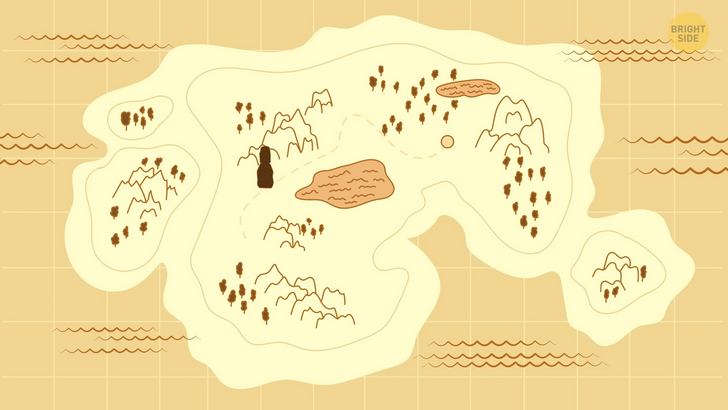
The wood started to deplete eventually. Trees on the island took very long to grow. And rats ate most seeds. People had many uses for wood. And they needed it not only for practical things but also to create other statues.
Another reason why the inhabitants of the island could’ve stopped building the statues might be that they were busy with other projects. Specialized rock gardens were becoming more common with a growing population. They were great for the soil, keeping it warm and fertilizing it at the same time. Islanders spent much time and effort making these rock gardens. And there simply wasn’t enough time to focus on building and moving the statues.
Another theory suggests that what people believed in changed with time. Supposedly, the islanders once saw the statues as a connection to their ancestors. After some time, though, rituals depicting a show of strength and endurance became more widespread.
And with these rituals, islanders started to carve images related to seabirds. Seabirds became the main animal on the island. People started to believe that their ancestors looked over them through birds instead of the statues. So, there was no longer a reason to build the Moai.
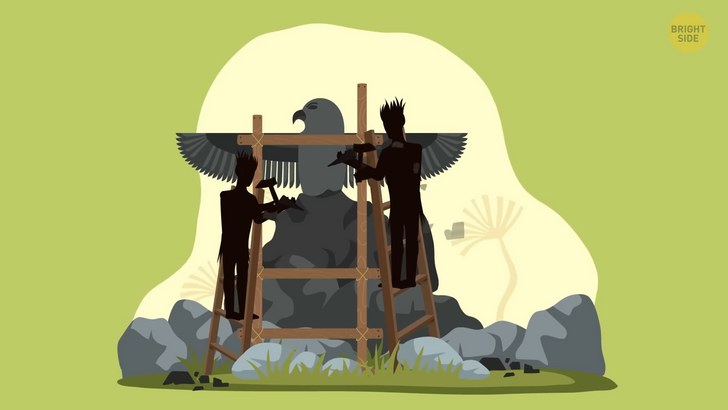
Anyway, these theories might be true. But the main problem was that the small island couldn’t support a growing population. What was once a lush land covered in forests quickly became a barren landscape. For the first few centuries, people relied on forest resources. But agriculture got more important sometime after 1550 when forests disappeared.
Tribes that once worked together to build the fantastic monoliths focused on competing against one another instead. During this struggle for land and resources, the Moai statues were toppled over because people wanted to reduce their significance. Over the following centuries, all the statues were pushed over, but not all of them deliberately. Many fell naturally after being neglected for so long.
Some even ended up in the ocean waters surrounding the island. And there, they sat for a while. But there was some good news for these statues. They were re-erected, providing a great experience for visitors from all over the world.
If you make a journey all the way to this isolated island, the first question you’ll probably ask will not be how the statues were made or how they were moved. It will be, “How on Earth did anyone even make it here in the first place?!” It was one of the most amazing feats ever!
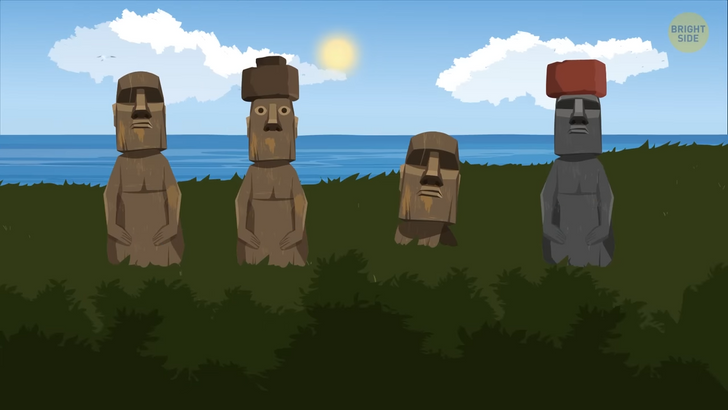
The Polynesians sure did some pretty extraordinary things. From as early as 1500 BCE, these boat-faring people began to explore the world. They used the most advanced marine inventions of their time.
They sailed across the ocean in catamarans and outrigger boats, starting in South-East Asia and inhabiting many more places throughout the Pacific. They lived as far north as Hawaii in 900 BCE and all the way to the south in New Zealand by 1200 BCE. And the farthest journey to the East was, of course, Easter Island.
In only a few hundred years, these early sailors inhabited an area of thousands of square miles. They simply memorized where they had already been and, this way, managed to navigate the ocean. They used a wide range of techniques. They watched the sun as it rose and set during the day. Stars helped them at night. If it was overcast and sailors couldn’t figure out direction visually, they used other brilliant methods.
They watched the movements of ocean currents and wave patterns and paid attention to bioluminescence in the water. These patterns helped them find where specific islands were located. These seafarers even understood how islands and atolls in the distance caused air and sea interference patterns. Birds provided them with certain signs, too.
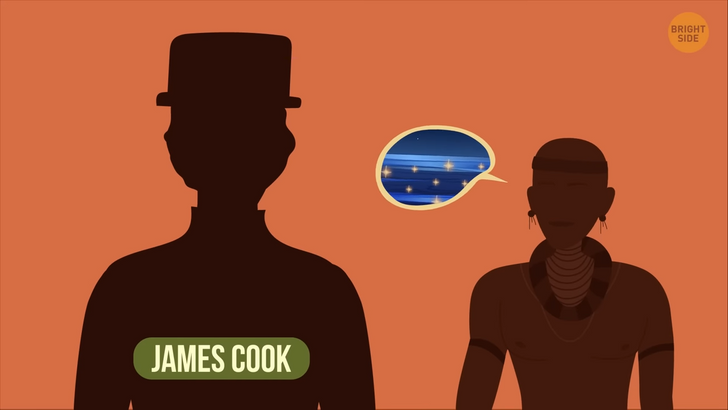
Some of them migrated long distances from one island to another, which gave travelers some kind of visual connection for their route. Other types of birds had specific feeding times. Sailors knew when and where they hunted and directed their boats depending on where these birds fed. Vikings certainly get way too much credit for their sea-faring abilities. Where they used a sun compass, the early Polynesians relied purely on the knowledge of how nature itself could guide them.
Their skills were so advanced that in 1769, Captain James Cook, an English explorer, even hired a Polynesian navigator because of his extensive knowledge of the seas. But even more surprising was the fact that he drew a map from memory. It covered an area that was 2,000 miles wide. In this region, there were 130 islands, and the navigator knew 74 of those islands by name.
At the beginning of their voyage, Captain Cook often disregarded the navigator’s advice. But toward the end of their journey, he was very impressed. He also recognized the Polynesians as possibly the most widespread nation on Earth.











